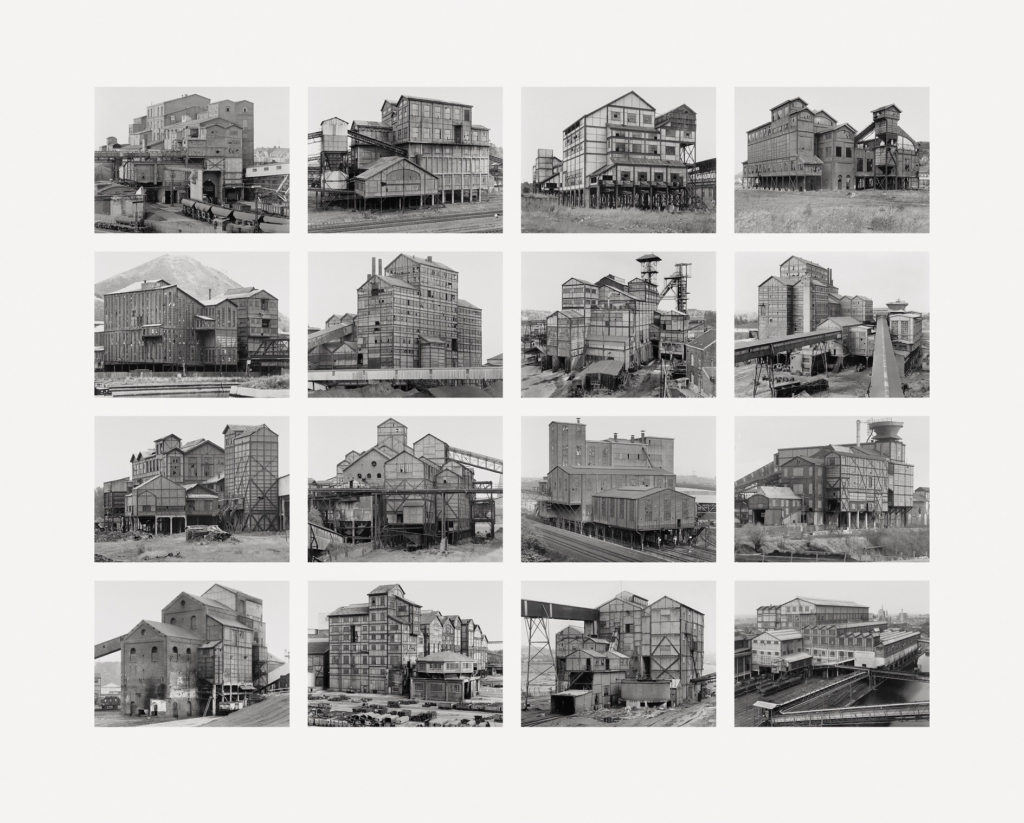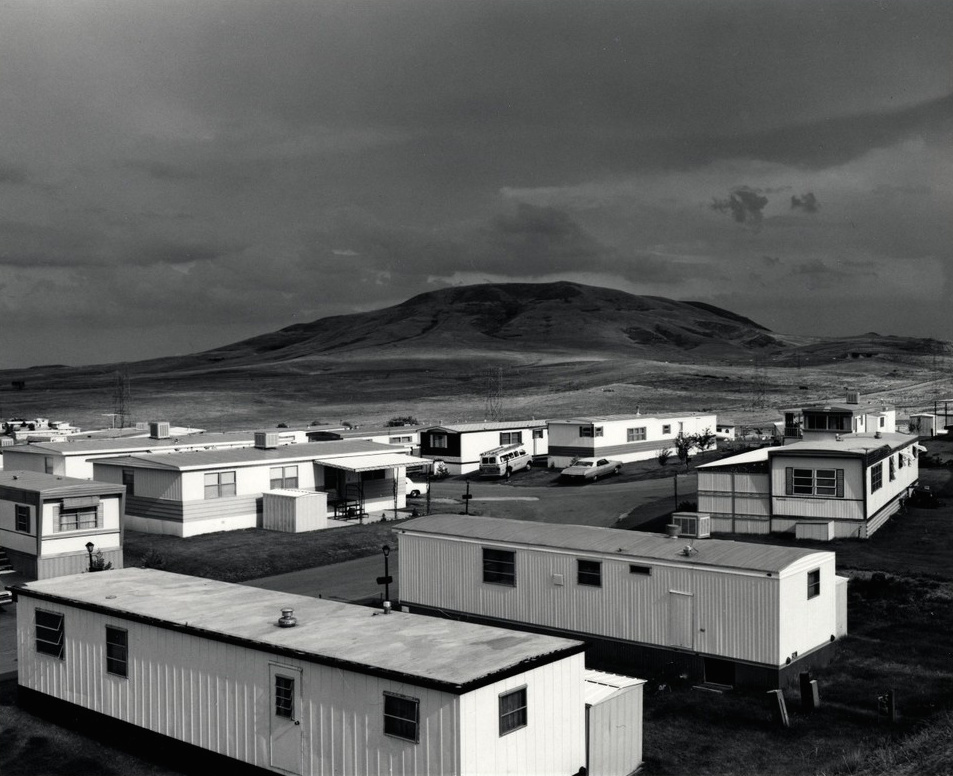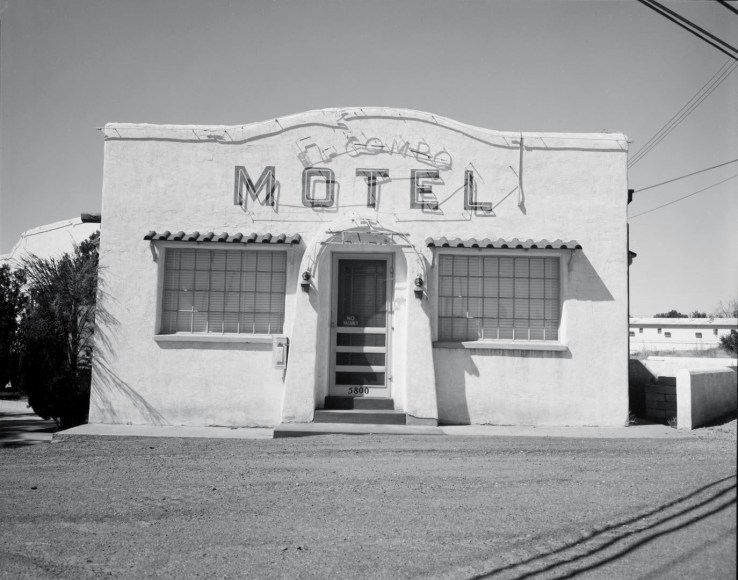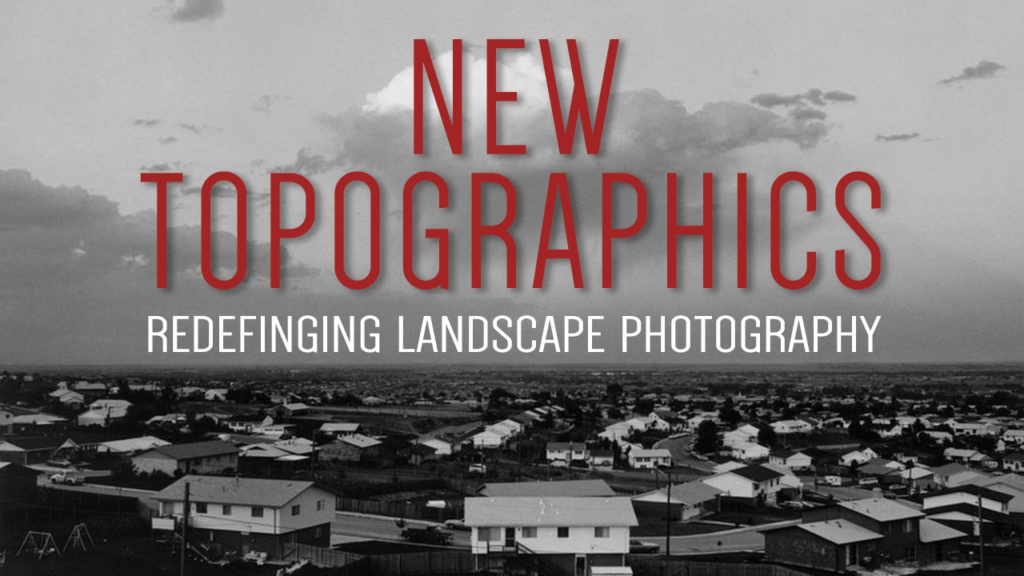
The term ‘New Topographics’ was first invented by William Jenkins in 1975 to describe a group of American photographers who made pictures that had similar banal aesthetics. Their images where mostly black and white prints of urban landscapes.
(Banal Aesthetics – Post-industrial realism style)
New Topographics was inspired by Albert Renger Patszch and the concept of The New Objectivity. It was a reaction to the increase of urban environments and industrialisation. Many who were associated with this type of photography were inspired by man-made subjects such as parking lots, suburban housing and warehouses.
An exhibition at the International Museum of Photography in Rochester, New York featured photographers, such as Bernd and Hilla Becher, who showed the growing unease about how the natural landscape was being taken away by suburbanisation.
(Suburbanisation – A population shift from historic core cities or rural areas into suburbs, resulting in the formation of urban sprawl)
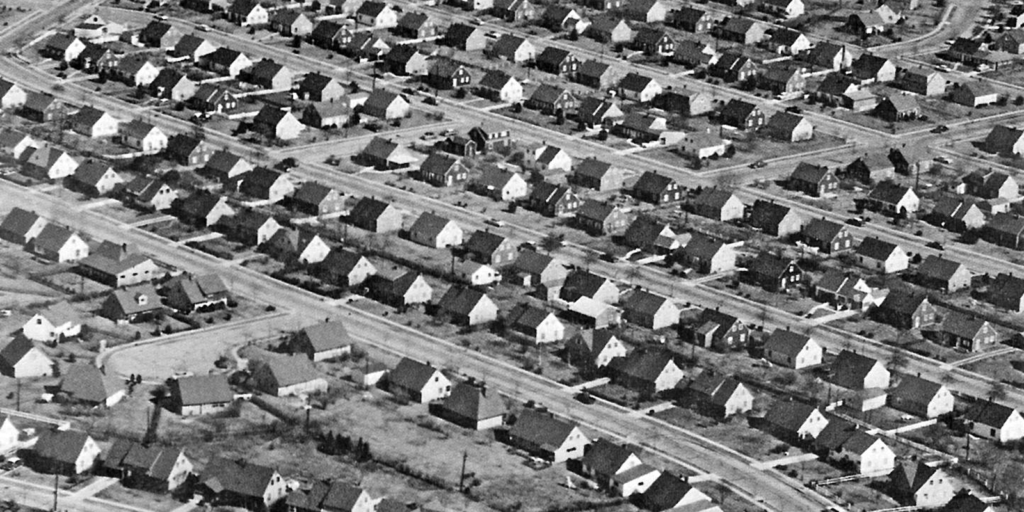
Here are some examples of photographer’s work that focused on New Topographics:
